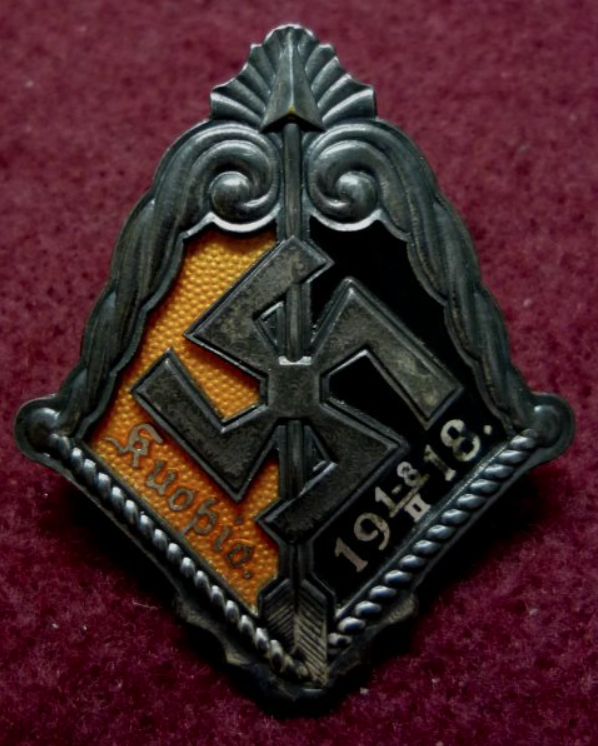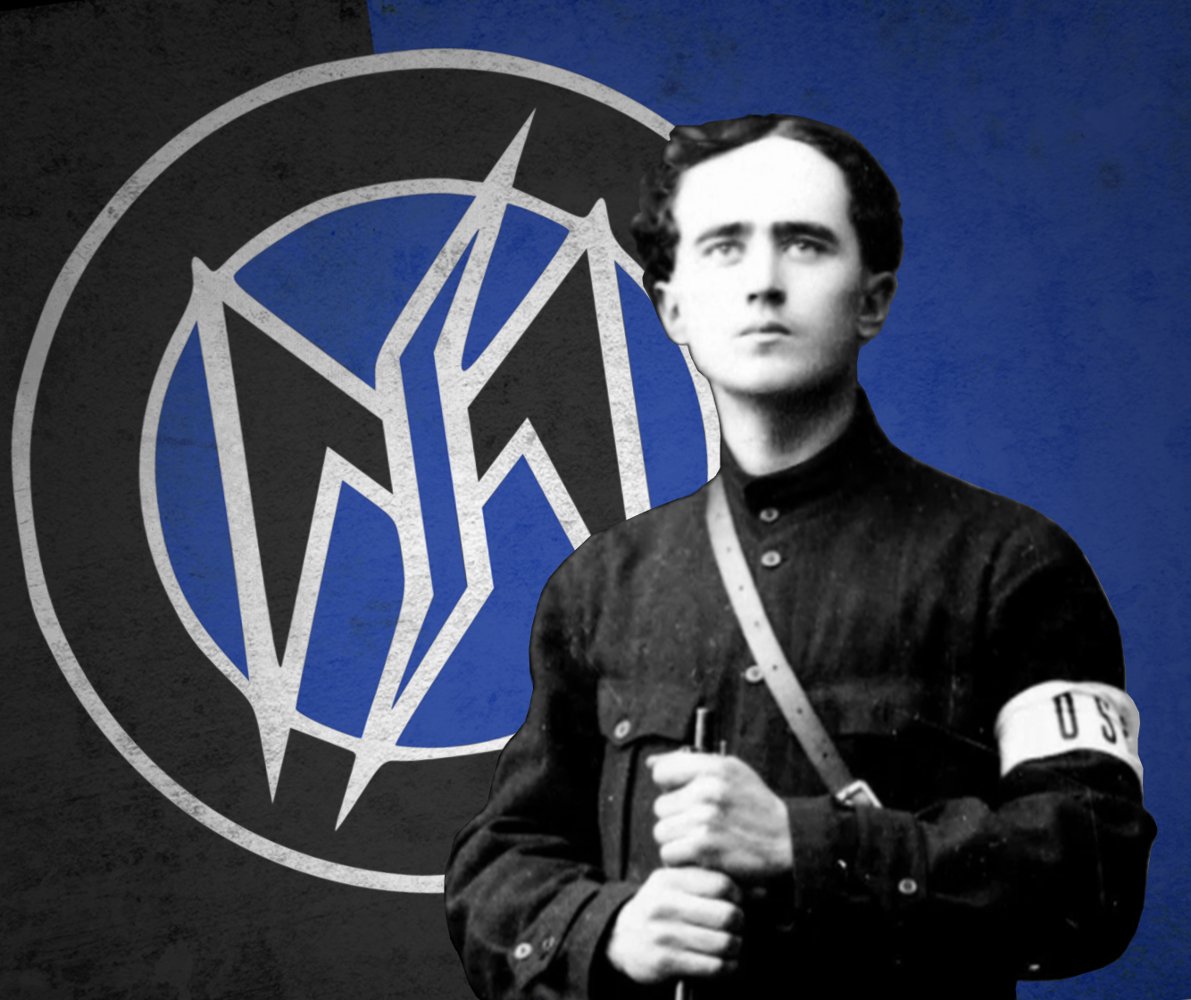
While the assassination of Nikolai Bobrikov is by far the best-known act of Finnish resistance during the first Russification period, it wasn’t the only one. Here are some other assassination attempts which took place (and some of them are quite funny) 1/10
https://twitter.com/armas_aallontie/status/1272850741045137408
Eliel Soisalon-Soininen was a Finnish conservative politician who became the Chancellor of Justice. In his position, he had to enforce the Russification policies and was awarded for his actions, which furthered his reputation as a traitor. 2/10 

Lennart Hohenthal was an Activist who had originally planned to murder Bobrikov. Many of his comrades were hounded by the Russian Gendarmes because of Soisalon-Soininen, so Hohenthal made him his new target. 3/10 



On 6th of February 1905 Hohenthal came to Soisalon-Soininen's home disguised as a Russian officer. Hohenthal walked into his office and shot the Chancellor seven times. Soisalon-Soininen died immediately. 4/10 

Hohenthal was wounded after a gunfight with the police and Soisalon-Soininen's son and was subsequently imprisoned. However, his activist girlfriend helped him escape from his cell and afterwards they lived a life in exile together. 5/10 

Matti Reinikka was an Activist who had also tried to murder Soisalon-Soininen. However, the police caught him in the act and he had to make a hasty escape. During his getaway, he was run over by a train and lost his right arm. 6/10 

This wasn’t enough to make Reinikka give up. After escaping from the hospital, he decided to assassinate the Russian Governor of Viipuri, Nikolai Mjasojedov. Like Hohenthal, Renikka walked into the Governor's office to shoot him. 7/10 

Reinikka pulled out a pistol and shot the Governors hand. The terrified Russian took cover behind his desk but was so fat his buttocks were still visible to the shooter and they received another bullet before the pistol jammed. 8/10
The one-armed assassin was unable to clear the malfunction and was quickly captured and imprisoned. Mjasojedov survived and moved to Petersburg, where he was made a target of ridicule. The Czar himself jokingly awarded him a medal for being “wounded in action”. 9/10 

The Activists would do many more attacks against the Russian gendarmes including bombings. However, none of these attempts got the widespread approval that Schauman had gotten by killing Bobrikov. The Activists were amateurs who didn’t have the means for a revolution - yet. 10/10 



Next time I will cover the Activists’ international conspiracy against the Russian Empire. My sources for these threads have been kansallisbiografia.fi and the book “Kultakauden maanalainen vastarinta”.
P.S. Vaikka tuo kirja on kirjoitettu nykyajan liberaalista (ja feministisestä) näkökulmasta, se oli minusta kattava katsaus 1. sortokaudesta. Vaikka kirjailija yritti esittää vastarintamiehet pelkkinä liberaaleina, näiden asioiden ympärillä on sellainen myytti jota ei voi tuhota. 

• • •
Missing some Tweet in this thread? You can try to
force a refresh






























